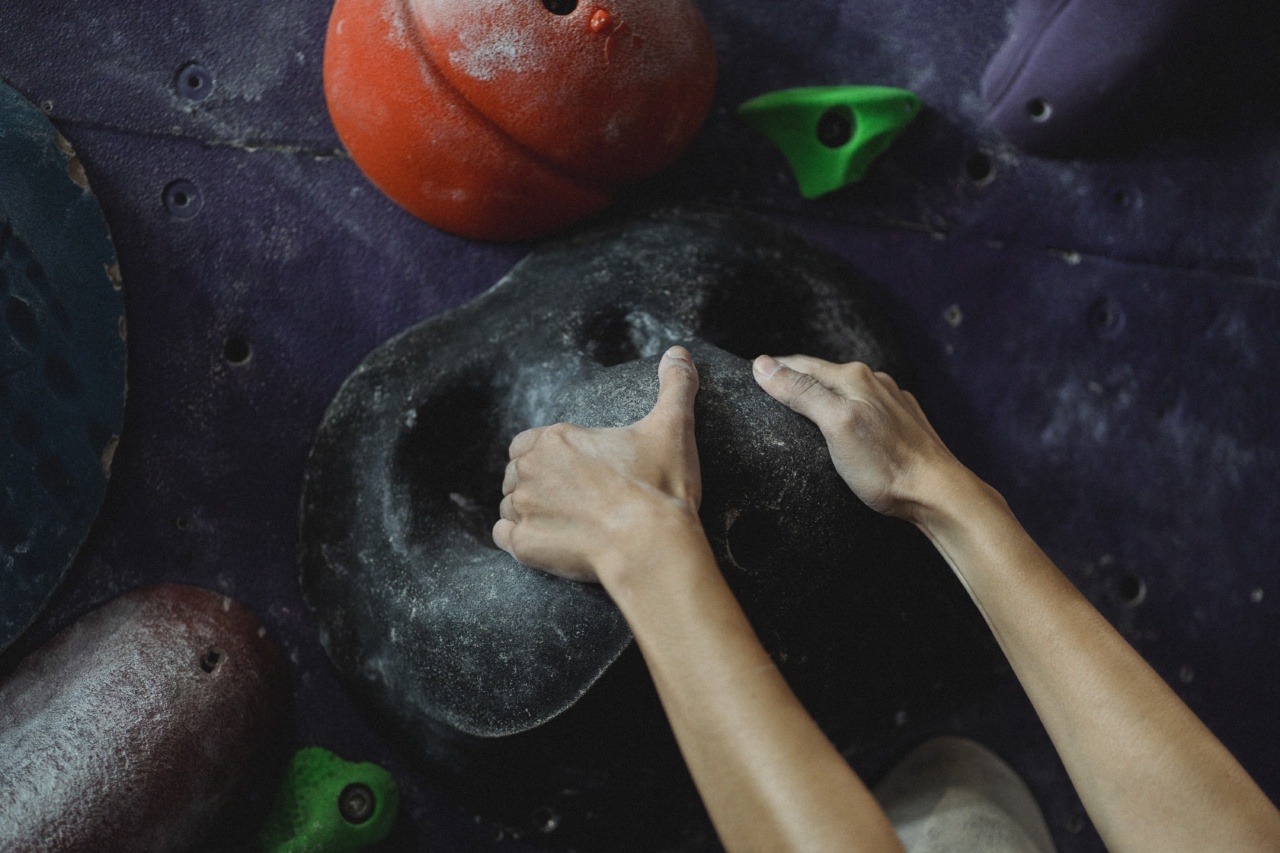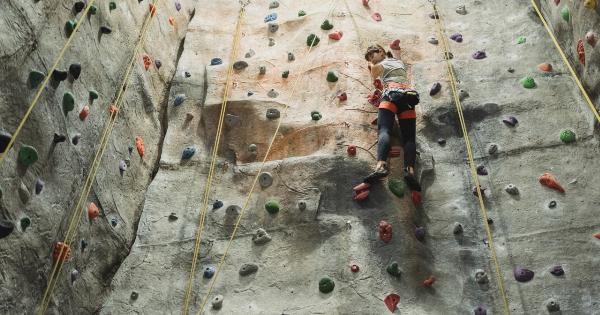Have you ever wondered if having bigger hands means you automatically have better grip strength? The idea that hand size directly correlates with grip strength is a widely held belief.
However, scientists have stepped in to explain the truth behind this concept.
Understanding Hand Size and Grip Strength
Grip strength refers to the amount of force that can be exerted by the hand to grip or hold onto an object. It is an essential component of various activities like sports, manual work, and everyday tasks.
Hand size, on the other hand, refers to the physical dimensions of the hand, including its length, width, and girth.
It is often assumed that individuals with bigger hands inherently possess greater grip strength.
This belief stems from the notion that a larger hand size allows for a more significant contact area with the object being grasped, thereby enabling a stronger grip. However, the relationship between hand size and grip strength is more complex than it may initially seem.
The Complex Relationship Between Hand Size and Grip Strength
While bigger hands may provide certain advantages when it comes to grip strength, they do not guarantee superior performance in this regard. Many factors come into play, including muscle strength and coordination, training, and technique.
Research has shown that individuals with smaller hands can develop impressive grip strength through targeted training.
Grip strength is heavily influenced by the muscles in the hand and forearm, such as the flexor digitorum profundus and the flexor pollicis longus. These muscles can be effectively strengthened through exercises such as finger curls, wrist curls, and grip trainers, regardless of hand size.
The Significance of Muscular Strength and Coordination
The development of grip strength depends on muscular strength and coordination within the hand and forearm. While hand size can contribute to a person’s grip strength potential, it is ultimately the muscles that determine the force exerted.
Several studies have highlighted the importance of muscular strength and coordination for grip strength. In one such study, researchers found that grip strength was strongly correlated with the overall muscle mass and strength of the forearm.
This implies that individuals with proportionately strong muscles can achieve impressive grip strength, regardless of their hand size.
Technique and Training for Improved Grip Strength
In addition to muscular strength, technique and training play a crucial role in developing grip strength.
Individuals can enhance their grip strength by utilizing proper form and employing specific exercises that target the muscles involved in gripping.
For instance, exercises like deadlifts, pull-ups, and farmer’s walks focus on improving grip strength by challenging the muscles in the hand and forearm.
Implementing these exercises with correct technique and gradually increasing the resistance can lead to significant gains in grip strength over time.
A Multifactorial Approach to Grip Strength Enhancement
The relationship between hand size and grip strength is undoubtedly complex. It is essential to understand that grip strength relies on multiple factors and cannot be solely attributed to hand size or genetics.
Engaging in targeted training, utilizing proper technique, and focusing on developing the muscles responsible for gripping are all vital for enhancing grip strength.
Regardless of hand size, consistent effort and dedication can lead to substantial improvements in grip strength.
The Takeaway
While the belief that big hands automatically equate to better grip strength is prevalent, it is a misconception that scientists have worked to debunk.
Hand size does not solely determine grip strength, as it is heavily influenced by muscular strength, coordination, technique, and training.
So, whether you have big hands or small hands, rest assured that you can improve your grip strength through targeted exercises and proper training. Don’t let the size of your hands discourage you from achieving impressive grip strength!.






























